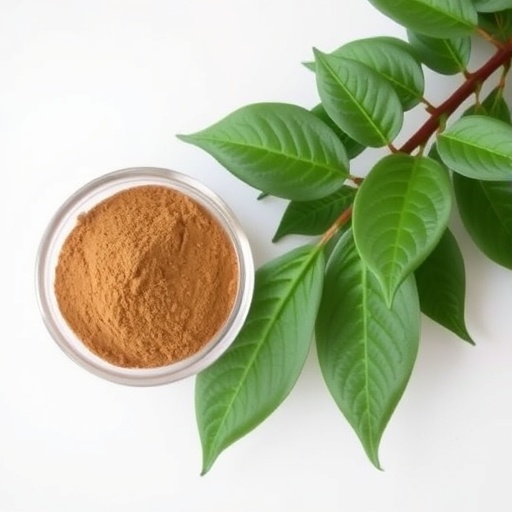Credit: Frances Arnold Lab/Caltech
Following a few tweaks, heme proteins can efficiently catalyze the formation of carbon-silicon bonds, which are not found in any known biological molecules, nor capable of being created through any existing biological processes. Organic compounds containing silicon are important for a number of applications, from polymers to semiconductors. However, existing methods for synthesizing carbon-silicon bonds have limitations, requiring expensive trace metals or sometimes requiring low temperatures to function optimally, for example. In the search for a better catalyst, Jennifer Kan and colleagues turned to heme proteins, which are capable of catalyzing a variety of reactions involving carbon. One heme protein, cytochrome c, which is found in bacteria that reside in submarine hot springs in Iceland, was particularly efficient at catalyzing reactions involving silicon and hydrogen. Upon depicting the protein's crystal structure, the researchers suspected that certain mutations could create an active site on the protein that would facilitate silicon- and carbon-based reactions. Indeed, only a few small mutations were sufficient to turn the protein into an effective carbon-silicon catalyst, which outperforms current synthetic techniques by 15-fold. Furthermore, the engineered enzyme accepts both electron-rich and electron-deficient silicon reagents, meaning it can facilitate the production of a wide range – up to at least 20 – of silicon products, the authors show. This development is highlighted in a Perspective by Hendrik F. T. Klare and Martin Oestreich.
###
Media Contact
Science Press Package
[email protected]
202-326-6440
@AAAS
http://www.aaas.org
############
Story Source: Materials provided by Scienmag




